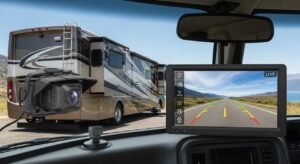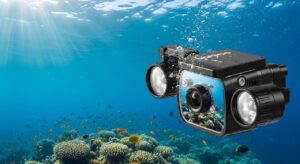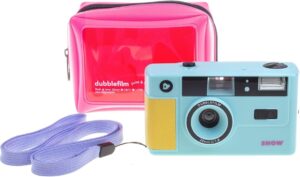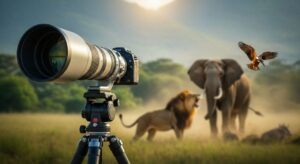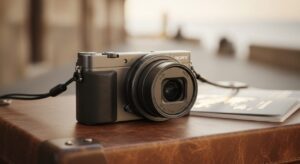Best Camera for Wildlife Pictures – The Ultimate Guide
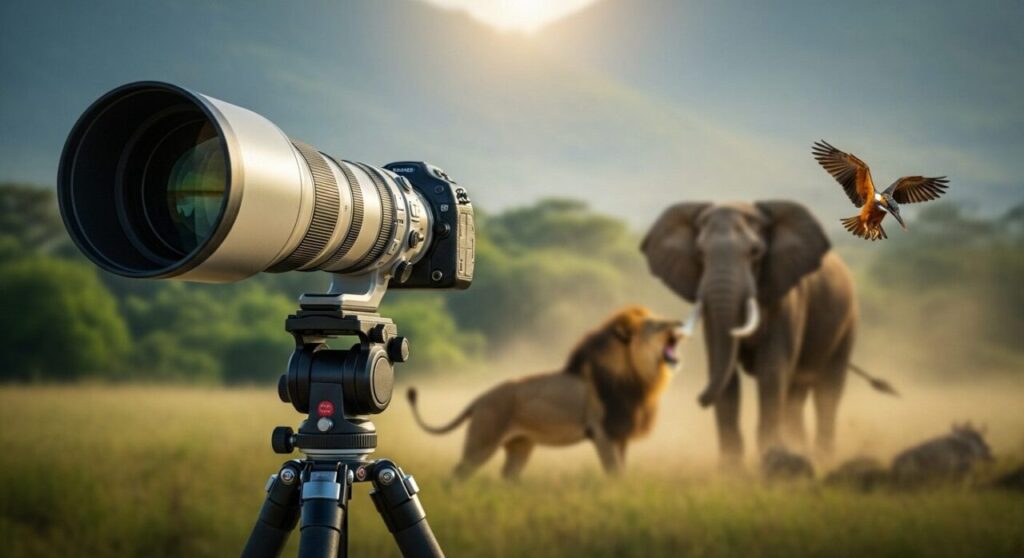
The world of wildlife photography is exhilarating, demanding both patience and precision. To truly capture those fleeting moments of nature’s majesty, having the right equipment is paramount. But with a vast array of options available, how do you choose the best camera for wildlife pictures? Whether you’re a seasoned pro or an enthusiastic beginner planning your first safari, this guide will delve into the essential features, compare leading models, and help you find the best wildlife photography camera to elevate your craft.
What Makes a Camera Great for Wildlife Photography?
Choosing a professional wildlife camera involves more than just megapixel count. Several key features contribute to a camera’s effectiveness in the challenging and unpredictable environment of wildlife photography. Understanding these will guide you towards the top cameras for wildlife.
1. Autofocus Speed and Accuracy
Wildlife rarely stays still. A camera with a fast autofocus wildlife camera system, particularly one with advanced subject tracking and animal/bird eye-detection, is non-negotiable. This ensures you can quickly lock onto and follow fast-moving subjects like birds in flight or a pouncing predator.
2. Continuous Shooting Speed (FPS)
High frames per second (fps) allows you to capture a sequence of shots, dramatically increasing your chances of getting that perfect, decisive moment. Look for cameras offering 15 fps or more, especially for dynamic action shots.
3. Sensor Size: Full Frame vs. Crop Sensor
The debate of full frame vs crop sensor wildlife is crucial. Full-frame cameras generally offer better low-light performance and dynamic range. However, APS-C (crop sensor) cameras provide a “crop factor,” effectively extending the reach of your telephoto lens for wildlife without adding bulk or cost, which can be a significant advantage for distant subjects or camera for bird photography.
4. Image Stabilization
Whether it’s in-lens (Optical Image Stabilization) or in-body (In-Body Image Stabilization wildlife camera or IBIS), stabilization is vital for sharp images, especially when using long telephoto lens for wildlife handheld, or in challenging light conditions. It helps counteract camera shake, leading to clearer shots.
5. Low Light Performance
Many incredible wildlife moments occur at dawn or dusk. A camera that performs well in low light wildlife photography, with high ISO capabilities and minimal noise, will broaden your shooting opportunities significantly.
6. Durability and Weather Sealing
Wildlife photography often takes you to rugged environments. A rugged camera for outdoors with excellent weather sealing is essential to protect your investment from dust, moisture, and extreme temperatures, especially when assembling your camera gear for safari.
7. Battery Life
Extended shooting sessions in remote locations mean you need a camera with robust battery life wildlife camera capabilities, or at least the option to carry multiple spare batteries without hassle.
Mirrorless vs. DSLR for Wildlife Photography
For years, DSLRs dominated wildlife photography. However, mirrorless camera wildlife systems have rapidly caught up, and in many ways, surpassed their DSLR counterparts. Modern mirrorless cameras offer superior autofocus, faster continuous shooting, and often more compact bodies. While some still prefer the optical viewfinder and robust feel of dslr wildlife photography setups, the advantages of mirrorless, particularly in terms of advanced subject tracking and silent shooting, are hard to ignore for today’s wildlife photographers.
Our Top Camera Recommendations for Wildlife Photography
Based on the critical features discussed, here are our expert picks for the best wildlife photography camera systems available today, suitable for varying budgets and needs. These are truly top cameras for wildlife, representing the pinnacle of imaging technology.
1. Canon EOS R5 Mirrorless Camera (Body Only)
The Canon EOS R5 is a powerhouse for serious wildlife photographers. Its 45MP full-frame sensor delivers incredible detail, while its revolutionary Dual Pixel CMOS AF II system, with deep learning animal detection, ensures tack-sharp focus on even the most elusive subjects. Coupled with 20 fps electronic shutter speed and robust IBIS, it’s an exceptional professional wildlife camera.
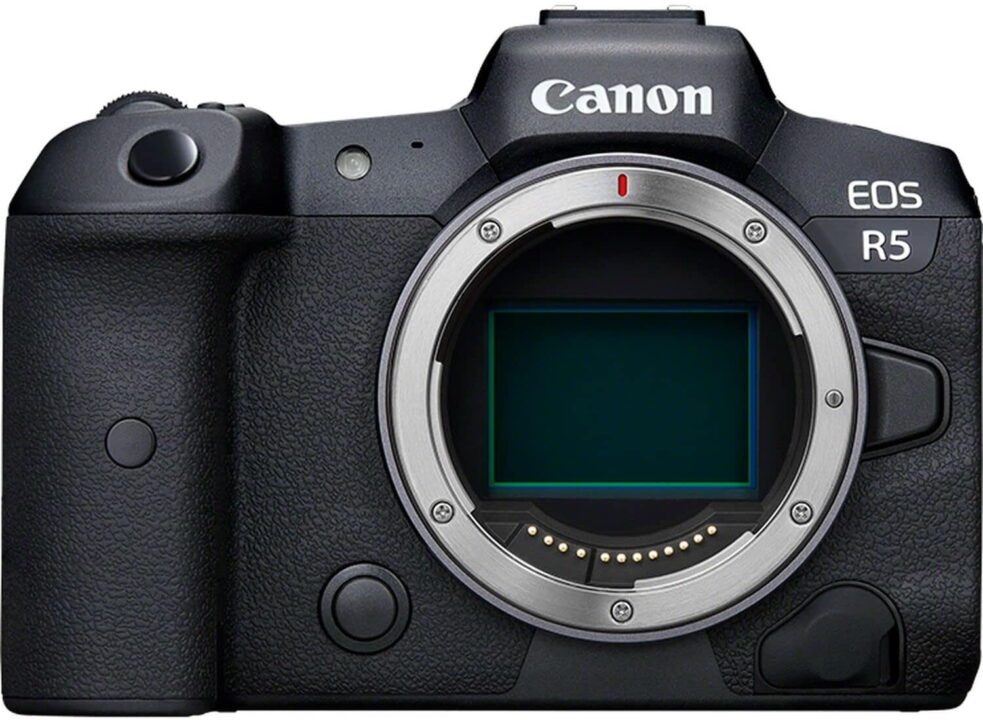
Key Features:
- 45MP Full-Frame CMOS Sensor
- Up to 20 fps electronic shutter
- Dual Pixel CMOS AF II with animal detection
- 8K RAW video recording
- Up to 8-stop In-Body Image Stabilization
If you demand the absolute best in resolution and speed for your camera body wildlife photography, the R5 is a phenomenal choice.
2. Sony Alpha 1 Mirrorless Camera Body
Sony’s Alpha 1 is a technological marvel, designed for professionals who need zero compromises. With a 50.1MP full-frame stacked sensor, 30 fps blackout-free shooting, and AI-powered Real-time Tracking AF with dedicated Bird/Animal Eye AF, it redefines what a mirrorless camera wildlife system can achieve. This is truly one of the top cameras for wildlife, especially for those who need unparalleled speed and precision.
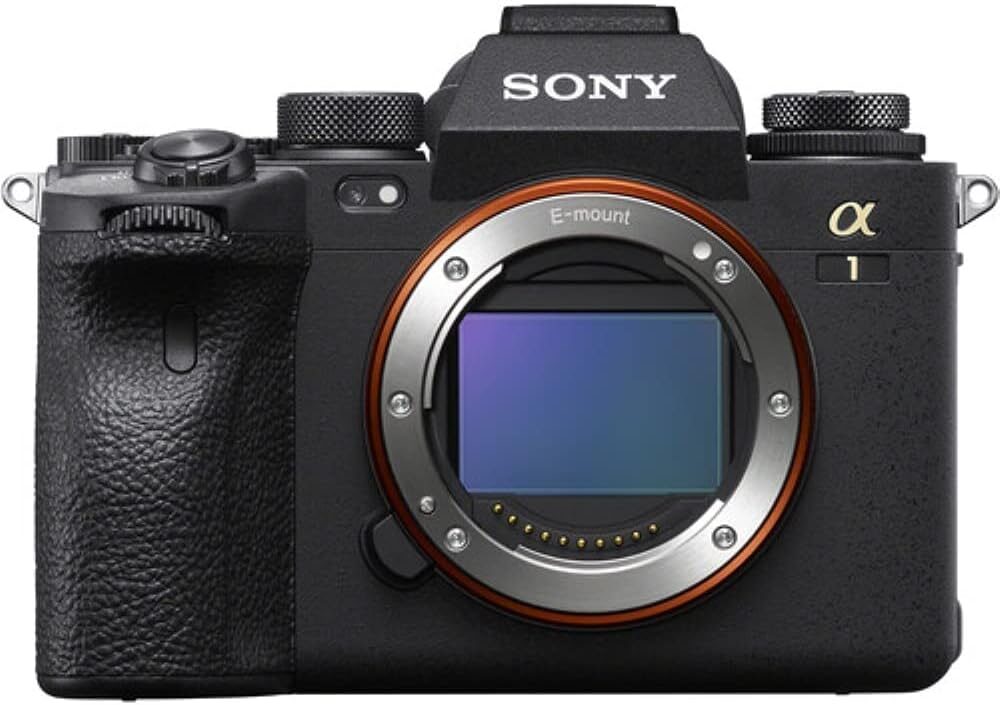
Key Features:
- 50.1MP Full-Frame Stacked Exmor RS CMOS Sensor
- Up to 30 fps blackout-free continuous shooting with AF/AE
- 8K 30p video recording
- Real-time Tracking AF with AI-powered Bird/Animal Eye AF
- 5-axis in-body image stabilization
For the ultimate performance in speed and resolution, the Alpha 1 is unparalleled, making it a dream professional wildlife camera.
3. Nikon Z8 Mirrorless Camera Body
The Nikon Z8 is often dubbed a “mini Z9,” offering most of the flagship Z9’s capabilities in a more compact body. Its 45.7MP stacked sensor, incredible autofocus with diverse subject detection, and robust build quality make it an outstanding choice for demanding wildlife scenarios. It’s a true contender for the best camera for wildlife pictures, combining resolution with blistering speed and a durable design for the rugged camera for outdoors enthusiast.
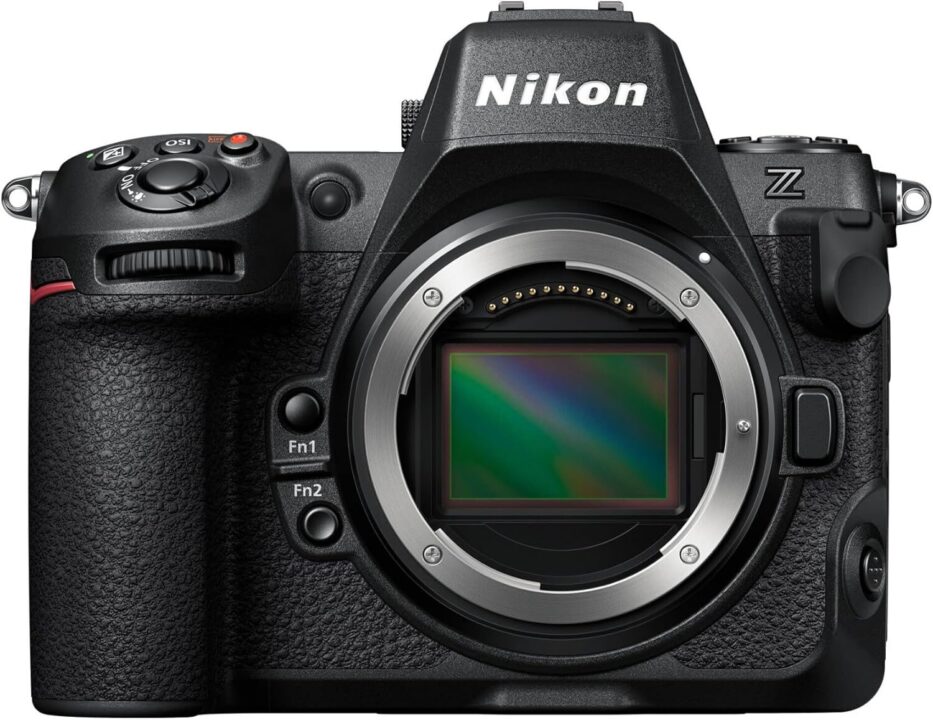
Key Features:
- 45.7MP Full-Frame Stacked CMOS Sensor
- Up to 20 fps RAW / 30 fps JPEG continuous shooting
- 8K 60p and 4K 120p video recording
- Advanced AF with subject detection and tracking
- Durable, weather-sealed construction
The Z8 represents Nikon’s strong presence in the mirrorless camera wildlife segment, offering incredible value for its features.
4. Canon EOS R6 Mark II Mirrorless Camera Body
For those seeking a fantastic balance of performance and value, the Canon EOS R6 Mark II is an excellent choice. Its 24.2MP full-frame sensor provides superb low light wildlife photography performance, while the 40 fps electronic shutter and advanced Dual Pixel CMOS AF II with animal/bird eye-tracking make it a phenomenal camera for bird photography and other fast-moving subjects. It’s a highly versatile mirrorless camera wildlife option.
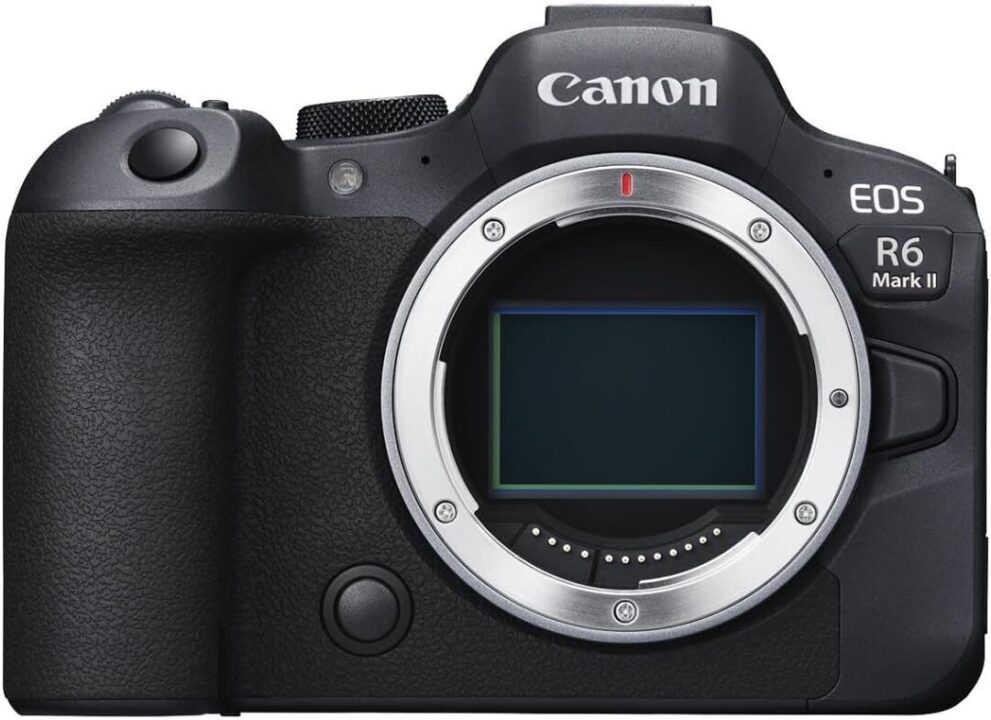
Key Features:
- 24.2MP Full-Frame CMOS Sensor
- Up to 40 fps electronic shutter
- Dual Pixel CMOS AF II with advanced animal/bird eye-tracking
- 4K 60p video oversampled from 6K
- In-Body Image Stabilization (IBIS)
This model offers much of the high-end performance of its more expensive siblings, making it a top contender for the best camera for wildlife pictures without breaking the bank.
5. Canon EOS R7 Mirrorless Camera Body
For those seeking an entry level wildlife camera or an excellent secondary body with extended reach, the Canon EOS R7 is an exceptional APS-C mirrorless option. Its 32.5MP crop sensor provides a 1.6x telephoto boost, making your telephoto lens for wildlife even more effective. With 30 fps electronic shutter and advanced subject detection, it’s a stellar camera for bird photography and distant subjects, all in a compact and durable package. It’s a strong choice for those optimizing their camera gear for safari on a budget.
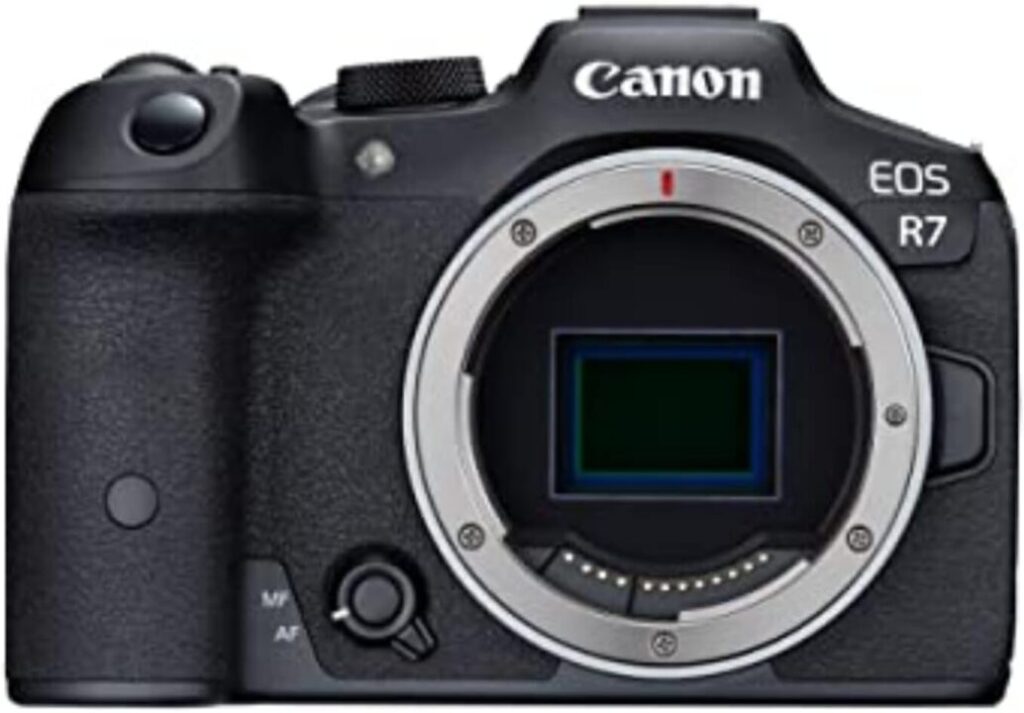
Key Features:
- 32.5MP APS-C CMOS Sensor (1.6x crop factor)
- Up to 30 fps electronic shutter
- Dual Pixel CMOS AF II with subject detection
- 4K 60p uncropped video
- In-Body Image Stabilization (IBIS)
The R7 proves that you don’t always need a full-frame camera body wildlife setup to achieve stunning results, especially when reach is a priority.
Beyond the Camera Body: Essential Camera Gear for Wildlife
While the best camera for wildlife pictures is crucial, it’s only one part of the equation. Your camera gear for safari or local wildlife excursions extends to several other vital components:
- Telephoto Lenses: This is arguably as important as the camera body itself. A high-quality telephoto lens for wildlife, often in the 300mm-600mm range (or equivalent for crop sensors), is essential. For camera for bird photography, even longer focal lengths are often preferred. Consider lenses with good image stabilization.
- Tripod/Monopod: For sharp images with long lenses, especially in low light wildlife photography, a sturdy tripod or monopod is indispensable.
- Spare Batteries: Always carry more than you think you’ll need.
- Memory Cards: Fast, high-capacity cards are vital for continuous shooting.
- Camera Backpack: A comfortable and durable camera backpack wildlife specific design will protect your gear and make transport easier.
“In wildlife photography, patience is not just a virtue; it’s a prerequisite. And remember, the welfare of the animal always comes before the shot. Practice ethical wildlife photography.”- An Experienced Wildlife Photographer
Beyond settings, remember these quick wildlife photography tips:
- Be Patience: Wildlife photography is a waiting game.
- Understand Your Subject: Learn animal behavior to anticipate movements.
- Shoot Early/Late: Golden hours offer the best light.
- Get Eye-Level: This creates more engaging and intimate portraits.
- Practice: The more you shoot, the better you’ll become.
Conclusion
Choosing the best camera for wildlife pictures is a personal journey, but by understanding your needs and the technical capabilities of modern cameras, you’re well-equipped to make an informed decision. The models reviewed here represent some of the finest mirrorless camera wildlife options on the market, each offering unique strengths for capturing the untamed beauty of nature. Pair your chosen camera body wildlife with a suitable telephoto lens for wildlife, master your camera settings wildlife photography, and embark on your next adventure with confidence. Happy shooting!

With a degree in Electrical Engineering and years of hands-on experience in the tech industry, passionate to provide readers with insightful reviews. From smartphones and laptops to smart home devices and emerging technologies, he navigates the ever-evolving tech landscape, offering in-depth analyses and honest opinions.

